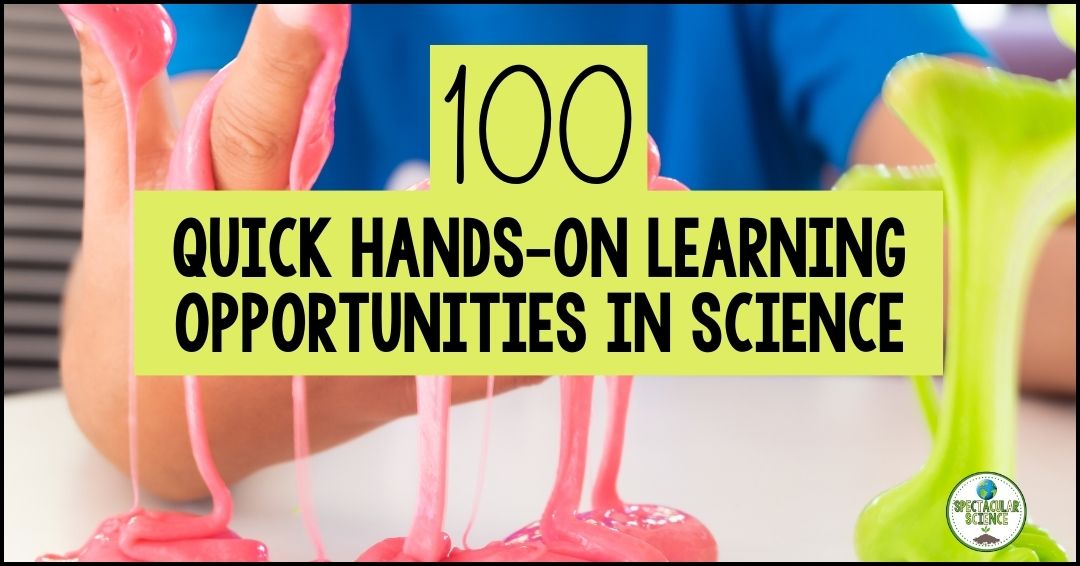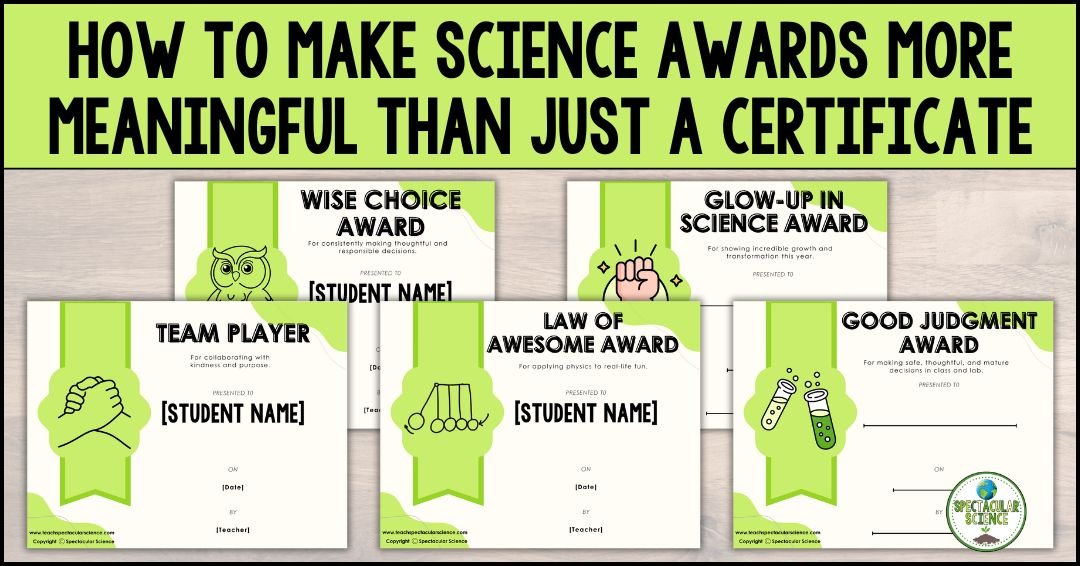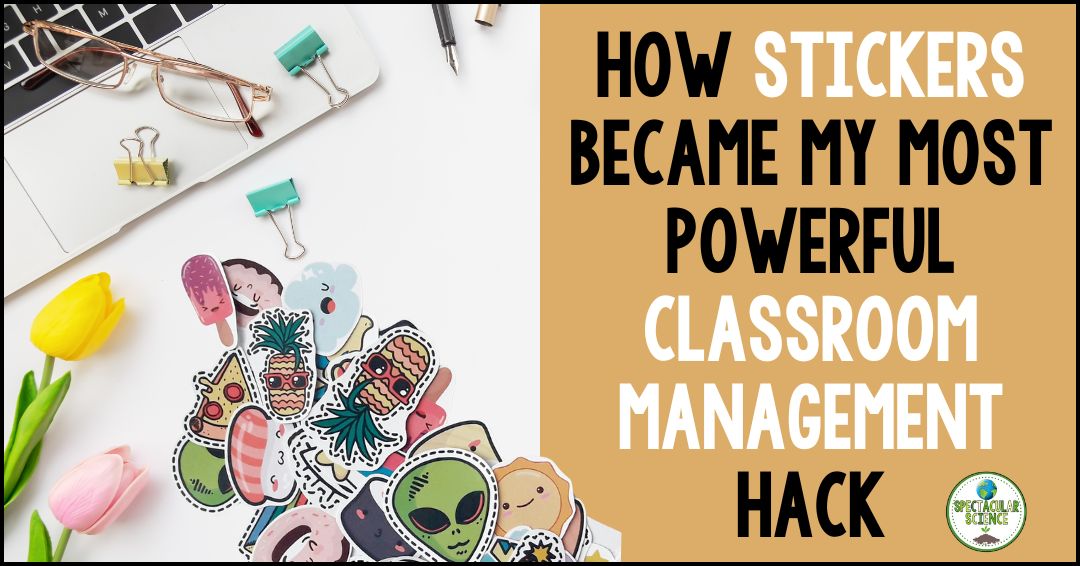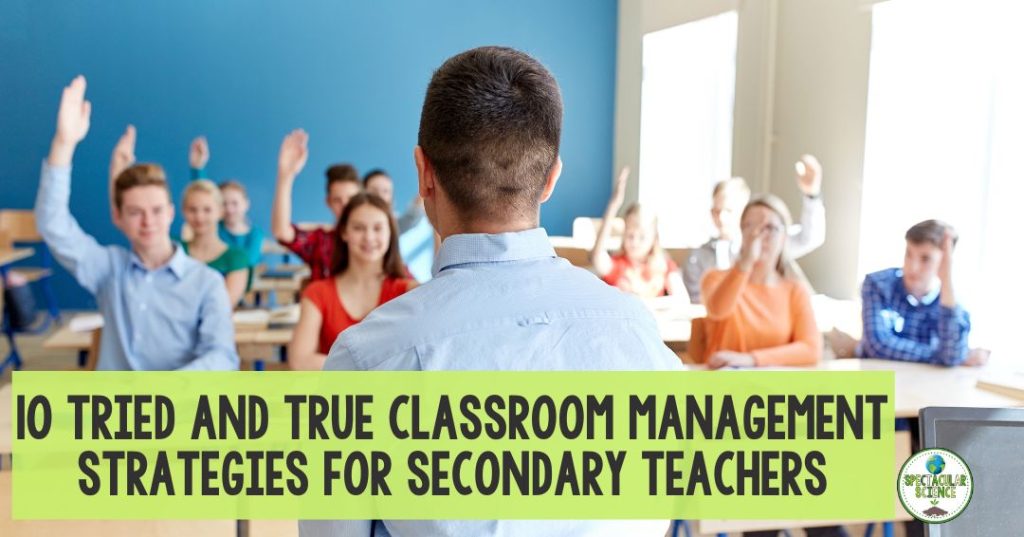
As teachers in middle school and high school we know that having a strong knowledge of our subject matter is only one key to success. Another key to success, and perhaps one that might dominate all others, is having effective classroom management strategies.
No matter how much we know our subject or have invested in planning an amazing and engaging lesson, if the classroom is out of sorts then our efforts elsewhere won’t translate.
As we approach a new school year or semester, it’s always a good time to reflect on what tools we have to help us “in the room”! And this doesn’t just apply to the new year, since revisiting these 10 classroom management strategies can help whether it’s a new year or just a new day!
Classroom Management Strategies That Work
There are many tried-and-true strategies that can help any teacher with classroom management. I like to use a behavior management plan like this one. And this plan goes hand-in-hand with these 10 tips that are a sure-bet to add to your teacher toolbox for classroom management.
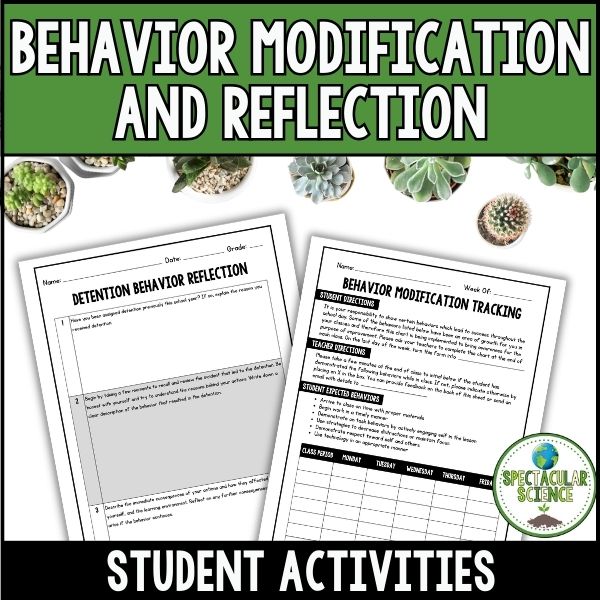
Look no further!
- Establish clear expectations: The best advice is to communicate expectations for behavior, work quality, and participation at the beginning of the school year and to reinforce them consistently.
A great way to start the year is to involve students in the co-creation of these expectations. Middle and high school students have been in classrooms year after year and they know what does and does not work to make a classroom successful. Use this knowledge from the group in front of you to create a learning environment that can lead to personal and group success.
- Create a positive classroom culture: Encourage a positive and respectful atmosphere by modeling the behavior you want to see. It is not enough to simply say be kind and work together to support each other. There is a need to both demonstrate and to promote kindness. By including opportunities for collaboration and teamwork not just for students but with you as a participant too, you can model the expected behavior.
The same is true when things don’t go well. Part of creating a positive classroom culture is to acknowledge if you make a mistake. Own up to it, apologize, and demonstrate bouncing back from that failure so students can see this behavior modeled for them.
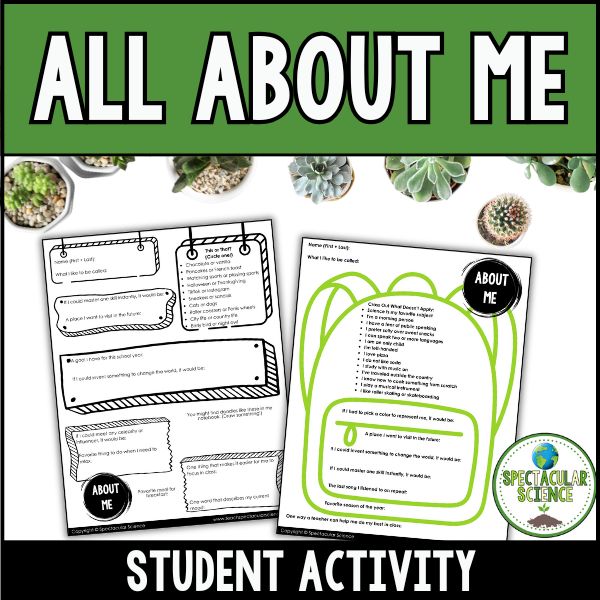
- Build relationships with students: Make time, especially at the beginning of the year, to get to know your students individually. It’s so meaningful when we can show genuine interest in their lives and interests. Small actions can make a big difference to create a sense of community in your classroom.
One option I like to use at the start of a new class is an About Me Activity that asks students open-ended and this or that questions in a one-pager. I also fill one out so students can get to know me as well. You would be surprised how often discussions are sparked from the questions; it’s a great ice-breaker without being an official ice-breaker!
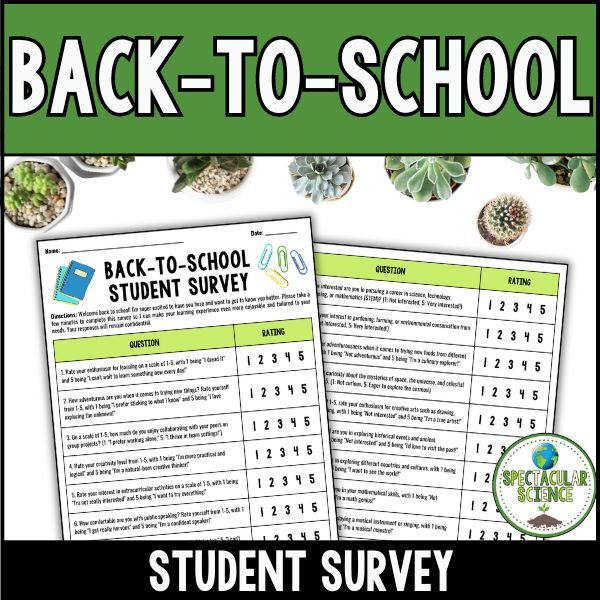
You’ll also love this Back-to-School Student Connection Survey – a dynamic tool designed to help you create an engaging, inclusive, and personalized learning experience from day one! By understanding your students’ diverse learning styles and preferences, you can tailor your teaching approach to cater to their needs, making every lesson more captivating and relevant.

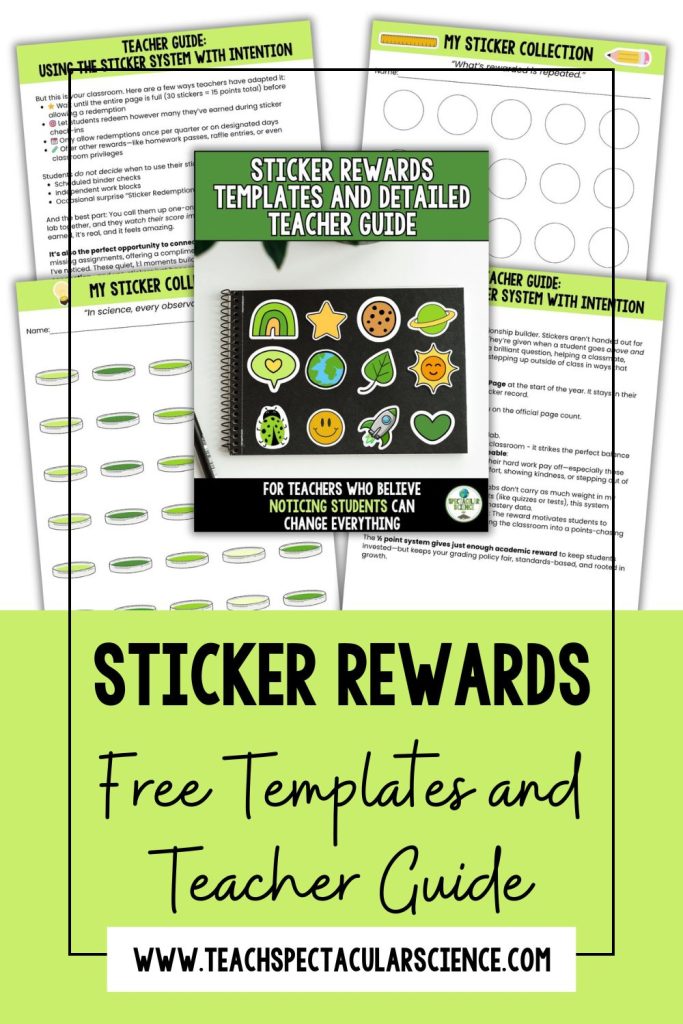
- Use positive reinforcement: Take the time to recognize and reward good behavior, effort, and achievement. This can include verbal praise, small incentives, and positive notes or feedback.
In my classroom, I use stickers, yes stickers! STICKERS! Especially the scratch ‘n sniff ones. This motivational tool drives students unlike any other tool I have used them in my classroom and it works just as well with my 12th graders as it does with my 8th graders.
I introduce the sticker system at the beginning of the year when we discuss our classroom rules and procedures. I do not have a set criteria for how students can earn stickers because I do not want to put myself in a box. I do however make clear what can earn a sticker in a particular moment. For example, if we’re going through a lesson, I might announce “This is a sticker question!” And lo and behold the hands go up to participate!
Of course I add stickers onto assignments when students perform well, but I prefer to use them in these other ways. If a student asks a really great question, or answers a challenging one, if I see a student, even outside of the classroom, do something that makes them (and me) proud, and so on. I’ve had students run up to me in the cafeteria asking “Did you see Michael open the door for all of the students in our class today? I definitely think that was worth a sticker!”
Additionally, these stickers hold value! In my classroom, each sticker is worth ½ point on a lab. While this isn’t much, the students certainly do not think so. I love how much of an impact the sticker system has on classroom management.
And while the truth of it is that students shouldn’t “need” such tactics for motivation, to excel academically, to behave well, or, simply put, to be a great person. However, sometimes our plates are so full that easy tactics such as stickers can be very, very handy. Plus, extrinsic rewards are a tool for motivation. Have you ever made a deal with yourself that if you finish marking a stack of papers you’ll get yourself a little treat? Voila! The stickers function in the same way!
They work wonders—especially with older students who pretend they don’t care (but totally do). It’s positive reinforcement that feels fun and low-stakes.
✨ I go deeper into this system in my post: How Stickers Became My Most Powerful Classroom Management Hack. It includes practical ideas and sticker favorites if you’re ready to try it!
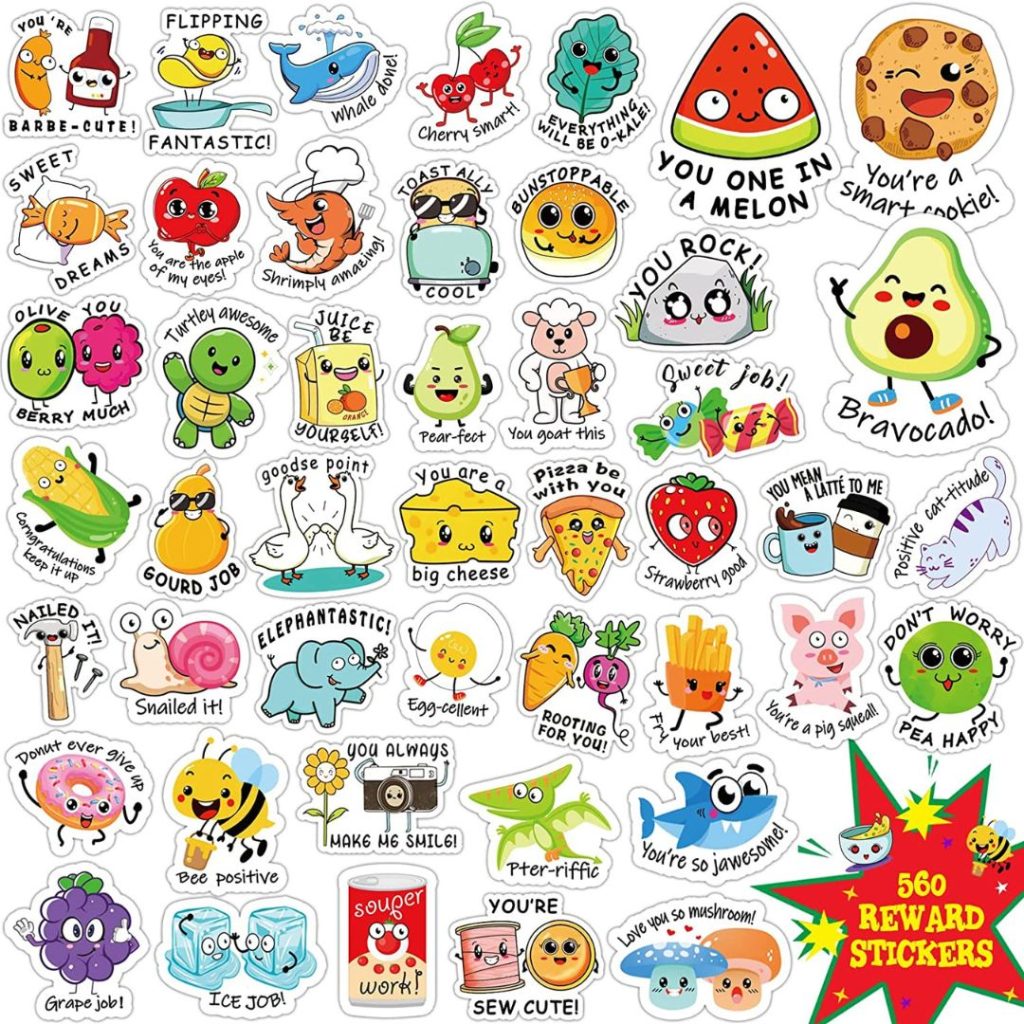
- Maintain a structured classroom: Have a routine and structure in place for the day, and communicate this to students. This can help students know what to expect and reduce anxiety.
Check out this other post all about classroom organization that can help with overall structure.

- Have a plan for transitions and downtime: Even with all of the best classroom management strategies there will always be disruptions. The best advice is to have a plan for transition times between activities and downtime, which can help minimize disruptions and keep students engaged.
If you have early finishers, have some resources for students to read quietly (a classroom mini-library that’s specific to your subject can help), or have work available for a larger ongoing project that students can shift to when needed. One year I had a group of three students who would finish their tasks early and so they took ownership of a couple of the class bulletin boards. They would design and update them to fit with the current or upcoming units. This was amazing because it meant they were taking ownership of the classroom and it also benefited me because updates to bulletin boards were something I always wanted to do but were low on my priority list.

- Address misbehavior promptly: When students misbehave, respond quickly and calmly to redirect them back to appropriate behavior. Address the behavior, not the student. Additionally, try to make the redirect more private. No one wants to be embarrassed in front of a group of their peers. Adding a bit of privacy, even if it’s through proximity and a lowered voice, can also remove the power struggle that may arise.
- Use engaging and varied teaching strategies: This tip goes along with getting to know your students. You can keep students engaged by using a variety of teaching strategies, including active learning, group work, technology, and multimedia.
To make it even more meaningful consider the interests of your students or even some pop culture connections. I don’t use pop culture just because, but when it makes sense to include a great meme, I will go for it so it entertains and informs!

- Be consistent and fair: Apply rules consistently and fairly to all students. This can help build trust and respect between you and your students.
At the start of any new course I like to share the definitions of equal and equitable with students and I leave these up on display as a reminder. This is not to take away from fairly enforcing expectations but rather to ensure that consequences fit with student behavior and their personal circumstances too. Just as some students have different learning needs, they also have different needs for effective reinforcement and discipline.
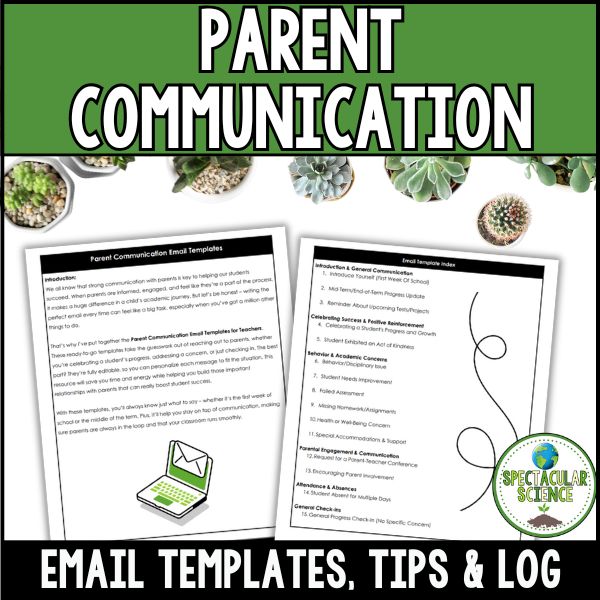
- Communicate with parents and guardians: Keep the caring adults in your students’ lives informed about progress and any behavior concerns. Regular communication can help build a positive relationship and improve student behavior.
When sending an email home don’t just focus on the negative. Same as we would with feedback to students, use the technique of including a positive as well as a need for improvement. And consider making sunshine calls a regular part of your routine too. Sunshine calls are those when you’re only calling about positive behavior or performance. You would be surprised how a sunshine call can turn your day around too!

A Final Word on Classroom Management Strategies
Having a set of strategies for classroom management is great because sometimes one strategy doesn’t work and you need to go into that teacher toolbox to find another option. Plus, not all strategies will work the same with different students or classroom dynamics. What is ideal is checking your toolbox to find a blend of classroom management strategies that work for you and your students!
RELATED POSTS:
- TIPS AND TRICKS FOR THE FIRST WEEK OF SCHOOL
- THE POWER OF PARENT COMMUNICATION: STARTING STRONG FROM DAY ONE!
This post contains affiliate links for Amazon. As an Amazon Associate, I earn from qualifying purchases. By purchasing an item on the Amazon site using these links, I will receive a small commission on your purchase. This commission does not affect the price of your item.









